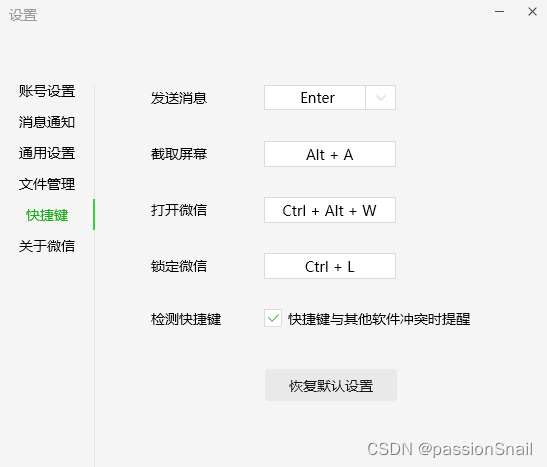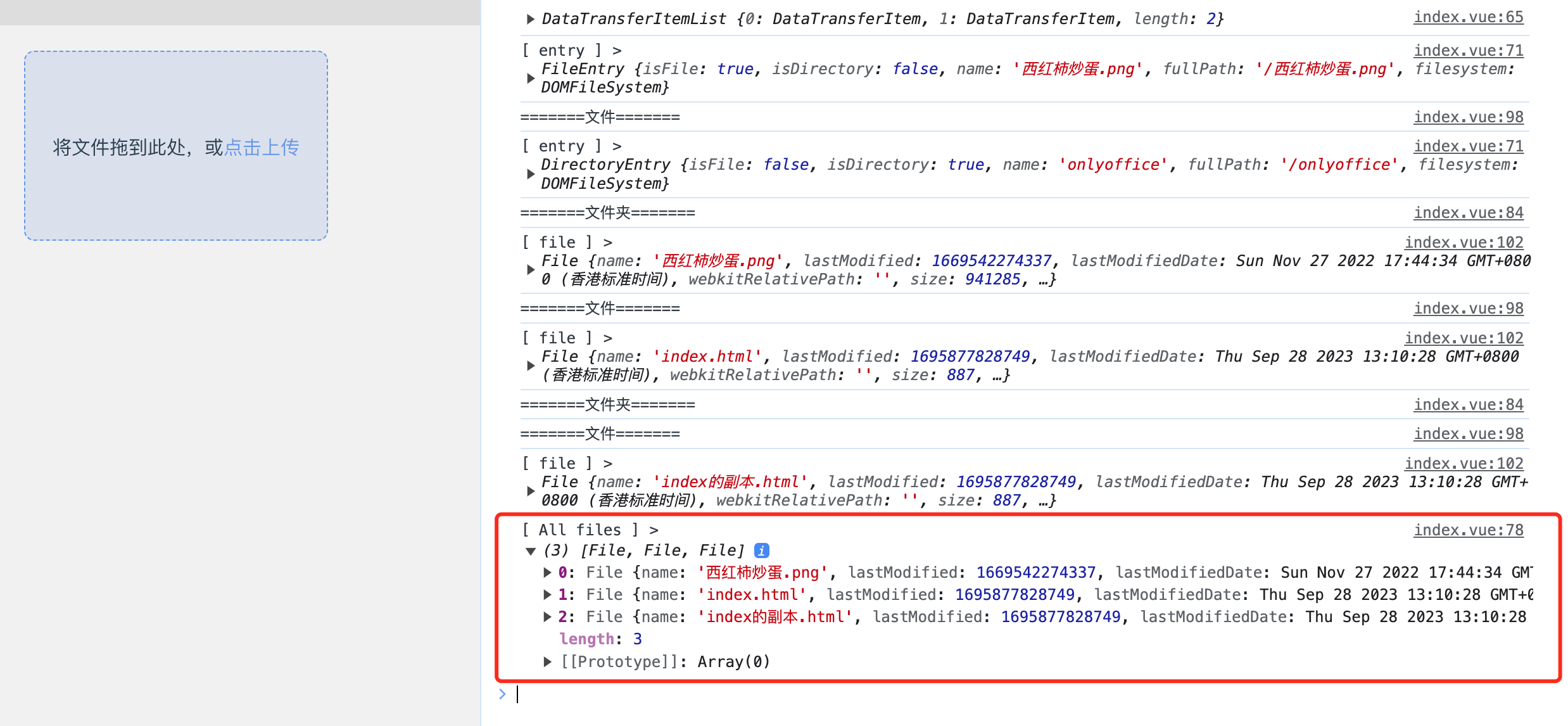文章目录
- 1. 代码仓库
- 2. 单源路径
- 2.1 思路
- 2.2 主要代码
- 3. 所有点对路径
- 3.1 思路
- 3.2 主要代码
- 4. 联通分量
- 5. 环检测
- 5.1 思路
- 5.2 主要代码
- 6. 二分图检测
- 6.1 思路
- 6.2 主要代码
- 6.2.1 遍历每个联通分量
- 6.2.2 判断相邻两点的颜色是否一致
- 7. 最短路径问题
- 7.1 思路
- 7.2 代码
1. 代码仓库
https://github.com/Chufeng-Jiang/Graph-Theory
2. 单源路径
2.1 思路
- 构造visited数组和pre数组
1.1 visited数组记录当前节点是否访问过
也可以不使用visited数组,pre数组全部初始化为-1,联通的顶点对应的pre数组的值为前一个节点,pre数组中值为-1的都是不连通的顶点。
1.2 pre数组记录当前节点的前一个节点- 使用pre数组对终点进行反推回源点,并记录
- 将终点到原点的路径,反序输出
区别DFS和BFS两种解法中,递归部分参数问题。
DFS实际上是递归,把参数传进去就开始递归了。而BFS实际上是使用队列进行模拟,只需要传入源就可以,两个参数也可以但是没必要。
private void dfs(int v, int parent){ //参数一:当前顶点; 参数二:上一个顶点
private void bfs(int s){
2.2 主要代码
public SingleSourcePath(Graph G, int s){
this.G = G;
this.s = s;
visited = new boolean[G.V()];
pre = new int[G.V()];
for(int i = 0; i < pre.length; i ++)
pre[i] = -1;
bfs(s);
}
private void bfs(int s){
Queue<Integer> queue = new LinkedList<>();
queue.add(s);
visited[s] = true;
pre[s] = s; //赋初值,源的源是源
while(!queue.isEmpty()){
int v = queue.remove();
for(int w: G.adj(v))
if(!visited[w]){
queue.add(w);
visited[w] = true;
pre[w] = v; //w的上一个顶点是v
}
}
}
3. 所有点对路径
3.1 思路
对所有顶点进行遍历,创建每一个点的单源路径数组。
3.2 主要代码
public AllPairsPath_UsingSingleSourcePath(Graph G){
this.G = G;
paths = new SingleSourcePath[G.V()];
for(int v = 0; v < G.V(); v ++)
paths[v] = new SingleSourcePath(G, v);
}
4. 联通分量
跟DFS是一样的
public CC(Graph G){
this.G = G;
visited = new int[G.V()];
for(int i = 0; i < visited.length; i ++)
visited[i] = -1;
for(int v = 0; v < G.V(); v ++)
if(visited[v] == -1){
bfs(v, cccount); //从0开始
cccount ++; //统计联通分量的数量
}
}
5. 环检测
跟DFS也基本一样
5.1 思路
从某一点v出发,找到了点w,w被
访问过,并且w不是v的前一个节点
5.2 主要代码
public CycleDetection(Graph G){
this.G = G;
visited = new boolean[G.V()];
pre = new int[G.V()];
for(int i = 0; i < G.V(); i ++)
pre[i] = -1;
for(int v = 0; v < G.V(); v ++)
if(!visited[v])
if(bfs(v)){
hasCycle = true;
break;
}
}
// 从顶点 v 开始,判断图中是否有环
private boolean bfs(int s){
Queue<Integer> queue = new LinkedList<>();
queue.add(s);
visited[s] = true;
pre[s] = s;
while(!queue.isEmpty()){
int v = queue.remove();
for(int w: G.adj(v))
if(!visited[w]){ //如果w没有访问过
queue.add(w);
visited[w] = true;
pre[w] = v;
}
else if(pre[v] != w) //从s出发,如果w被访问过,并且顶点v的前一个不是w
return true;
}
return false;
}
6. 二分图检测
6.1 思路
二分图可以通过染色过程把顶点区分开,
[-1:顶点还没染色]
[0:一种颜色]
[1:另外一种颜色]
6.2 主要代码
6.2.1 遍历每个联通分量
- dfs(v, 0) 返回true代表相连的两点颜色不一样,暂未出现矛盾;
- dfs(v, 0) 返回false代表相连的两点颜色一样,不符合二分图的定义,因此进入if语句块,设置isBipartite = false;并且提前结束循环。
public BipartitionDetection(Graph G){
this.G = G;
visited = new boolean[G.V()];
colors = new int[G.V()];
for(int i = 0; i < G.V(); i ++)
colors[i] = -1;
for(int v = 0; v < G.V(); v ++)
if(!visited[v])
if(!bfs(v)){
isBipartite = false;
break;
}
}
6.2.2 判断相邻两点的颜色是否一致
private boolean bfs(int s){
Queue<Integer> queue = new LinkedList<>();
queue.add(s);
visited[s] = true;
colors[s] = 0;
while(!queue.isEmpty()){
int v = queue.remove();
for(int w: G.adj(v))
if(!visited[w]){
queue.add(w);
visited[w] = true;
colors[w] = 1 - colors[v];
}
else if(colors[v] == colors[w])
return false;
}
return true;
}
7. 最短路径问题
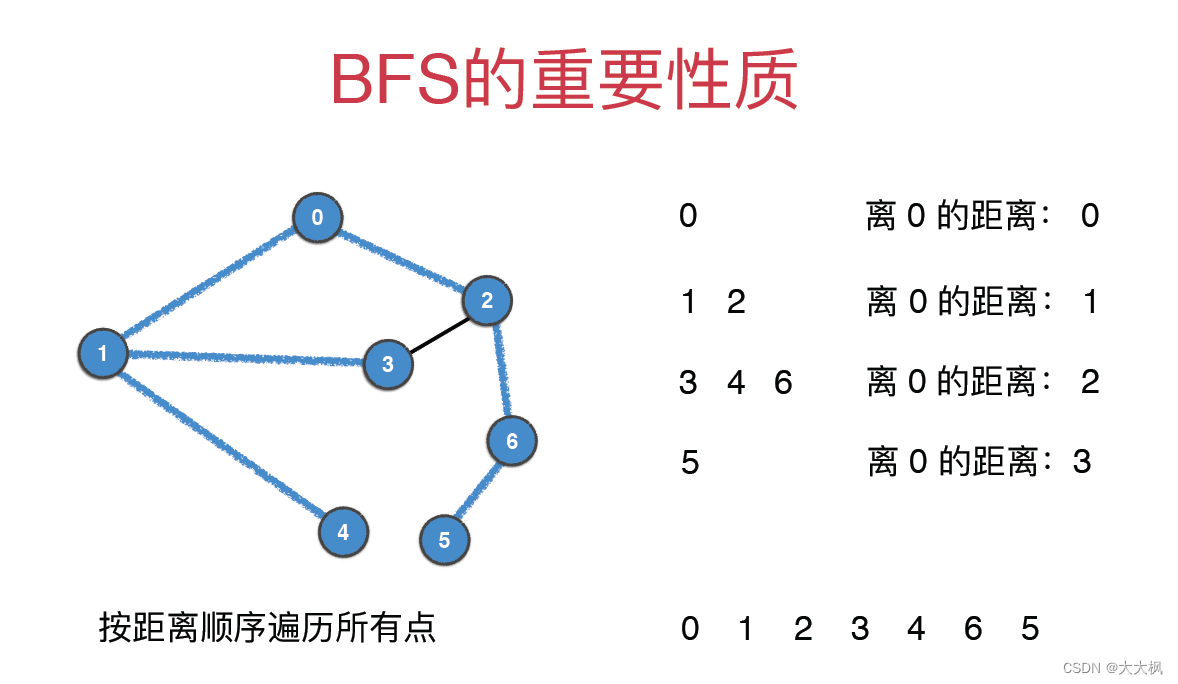
7.1 思路
- 引入dis数组;
- 在从出发顶点进行BFS的时,pre数组记录当前节点的上一个节点,dis数组更新为
当前节点到源点的距离=上一个节点到出发点的距离+1。
private int[] dis;
dis[w] = dis[v] + 1;
7.2 代码
public USSSPath(Chapt04_BFS_Path._0402_SingleSourcePath.Graph G, int s){
this.G = G;
this.s = s;
visited = new boolean[G.V()];
pre = new int[G.V()];
dis = new int[G.V()];
for(int i = 0; i < pre.length; i ++) {
pre[i] = -1;
dis[i] = -1;
}
bfs(s);
for (int i = 0; i < G.V(); i++) {
System.out.print(dis[i] + " ");
}
System.out.println();
}
private void bfs(int s){ // 区分一下DFS两个参数,DFS实际上是递归,把参数传进去就开始递归了。而BFS实际上是使用队列进行模拟,只需要传入源就可以,两个参数也可以但是没必要
Queue<Integer> queue = new LinkedList<>();
queue.add(s);
visited[s] = true;
pre[s] = s; //赋初值,源的源是源
dis[s] = 0;
while(!queue.isEmpty()){
int v = queue.remove();
for(int w: G.adj(v))
if(!visited[w]){
queue.add(w);
visited[w] = true;
pre[w] = v; //w的上一个顶点是v
dis[w] = dis[v] + 1;
}
}
}
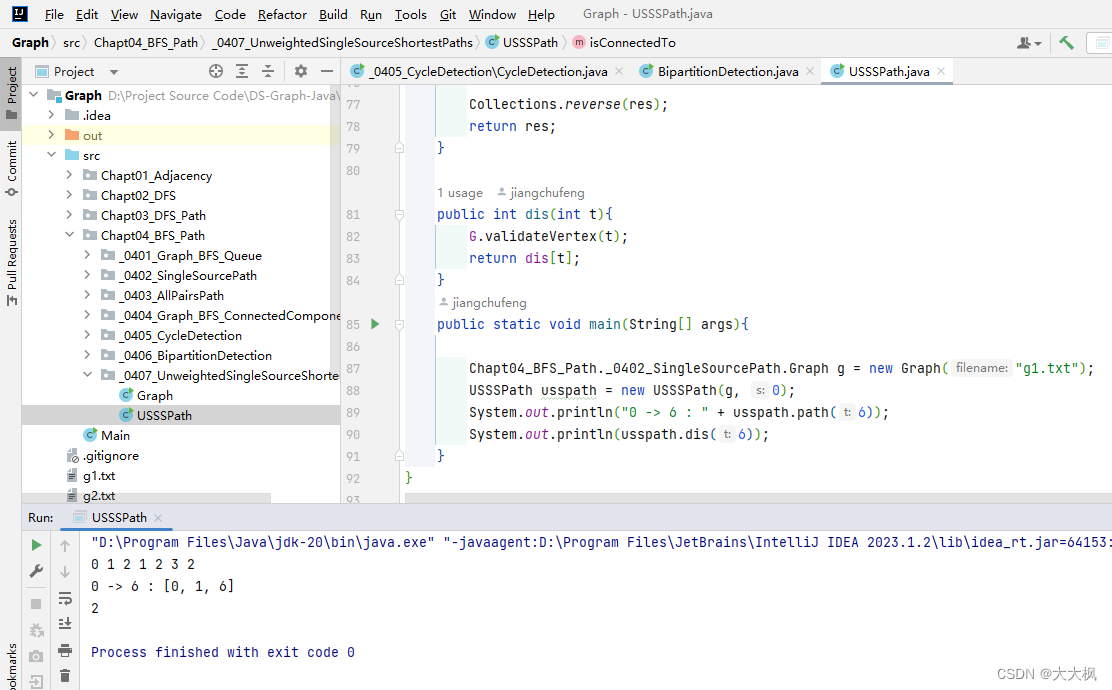


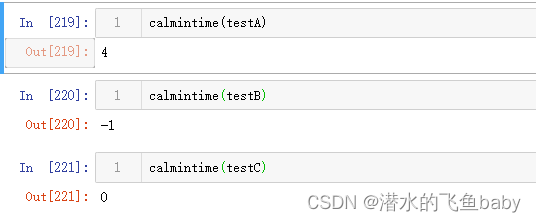

![RustDay06------Exercise[91-100]](https://img-blog.csdnimg.cn/78e5a48c93d247ae8eb8d63ff34d61f0.png)









